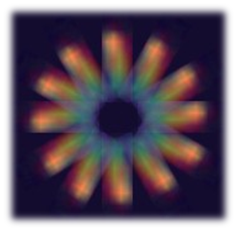It is an honour, a privilege and a delight to deliver the closing lecture at the first international conference on nanomotors and nanomachine held in Dresden. This has become an exciting and flourishing new field, whose birth can be traced to seminal and independent publications from the groups of Sen and Mallouk at Pennsylvania State University and my own group at the University of Toronto. Having been in the field of nanochemistry most of my career, I had come to the realization about a decade ago that locomotion of nanoscale objects through a fluid environment that attempts to emulate Nature’s impressive nanomotors, is one of the grand challenges confronting nanoscience. Today it is clear from the burgeoning growth of nanomotor research around the world that the reduction to practice of locomotion through chemistry has ignited the imagination of a community of multidisciplinary research scientists, inspired to explore and understand the fundamental chemical and physical principles that underpin motion at these small scales. The vision is to synthesize and control, probe and measure, theoretically and experimentally understand, and ultimately utilize nanomotors made from nanoscale building blocks that derive on-board or off-board power from local chemical reactions and employ that power to do a job. At these very small length scales, the generated mechanical thrust must overcome viscous drag in order to allow them to move through a fluid phase while simultaneously or sequentially performing a single or series of tasks. Such tiny machines, individually or assembled into designed architectures, might someday pickup, transport and deliver medicine to a target site in the human body, conduct operations on and within cells, move cargo around microfluidic networks, and search and destroy toxic organics in polluted water streams. In this lecture, I ask, almost a decade after I first got involved in this research, are these “nanomachine dreams” or “dream nanomachines”? In my opinion, recent and exciting developments with functional nanomotors suggest we are on the verge of realizing a whole new world of purposeful nanomachines, orchestrated to perform a myriad of useful tasks for humanity from environmental remediation to tumor therapy.

